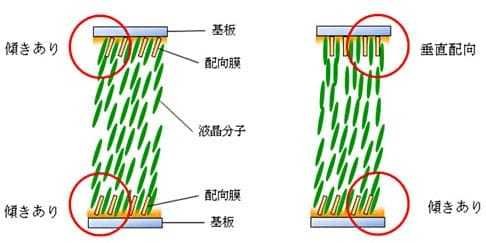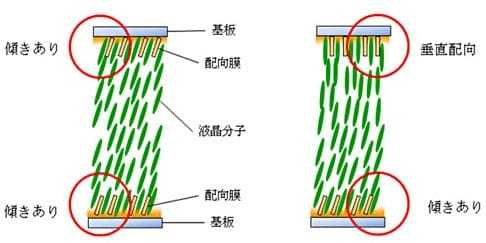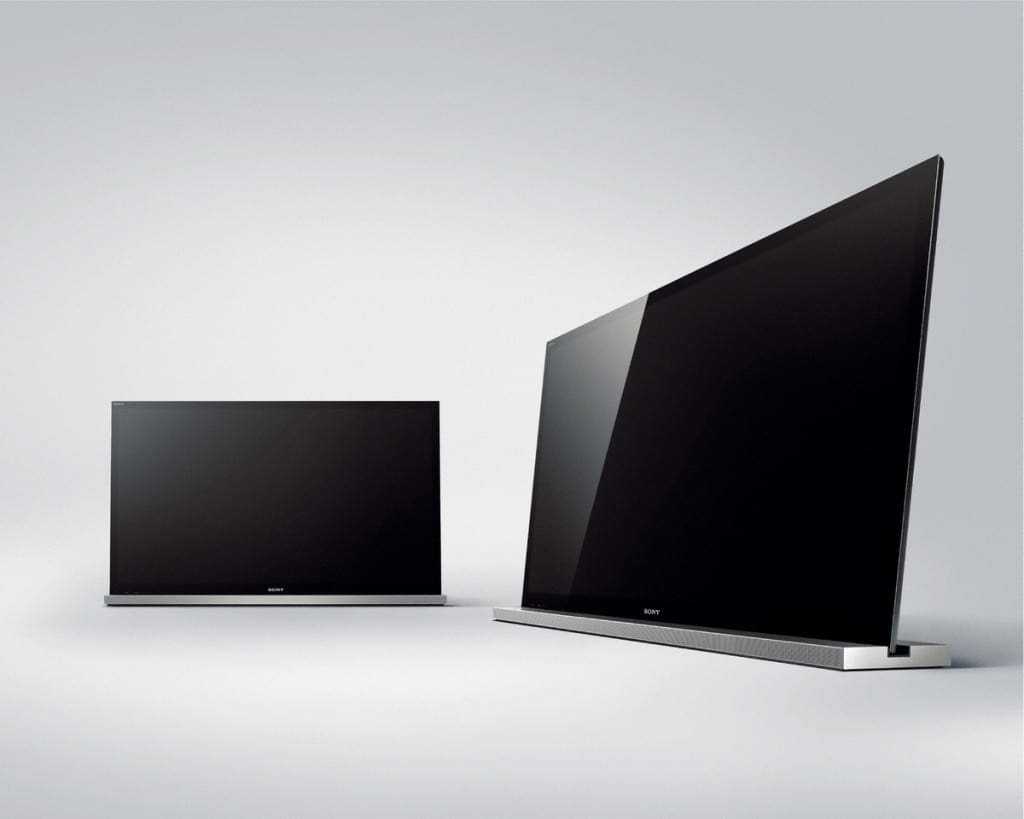Την ολοκλήρωση της ανάπτυξης της τεχνολογίας με την ονομασία “Hybrid FPA (field-induced photo-reactive alignment)”, ανακοίνωσε ο Ιάπωνας κολοσσός.
Είναι μια νέα τεχνική για να ευθυγραμμίζονται οι υγροί κρύσταλλοι στις οθόνες οπότε και το αποτέλεσμα είναι γρηγορότερη απόκριση και για π.χ τηλεοράσεις. Επιδόσεις που φτάνουν τα 3ms έχουν επιτευχθεί σε τεστ με αυτή την τεχνολογία μέχρι σήμερα ενώ πέρα από τη συμβολή της τεχνολογίας στην ‘βελτιστοποίηση της ποιότητας για 3D και υψηλού frame rate βίντεο’, η όλη νέα εξέλιξη θα ‘βελτιώσει την σταθερότητα των προϊόντων’ κατά τη διάρκεια της κατασκευαστικής διαδικασίας αλλά και σε μακρόχρονη χρήση.
Με άλλα λόγια λιγότερα ‘κακά’ panel, και άρα λιγότερες απορρίψεις, και άρα καλύτερη ποιότητα εικόνας, και άρα μειωμένες τιμές αφού δεν θα πληρώνουμε ενδεχομένως ‘απορριπτέα’ κομμάτια… Απλό;
Περισσότερα στο επίσημο δελτίο τύπου για τους fan της λεπτομέρειας…
Sony previously developed the “FPA” high-speed liquid crystal response alignment technique based on vertical alignment (VA) liquid crystal modes. One method for improving liquid crystal response time is to generate pre-tilt of the liquid crystal molecules. “FPA” technique uses the alignment layer developed by Sony and maintains pre-tilt of liquid crystal molecules by irradiating UV while applying voltage in manufacturing process. This facilitates the stable and even alignment of the liquid crystal molecules, thus achieving improvements in both liquid crystal response time and the contrast ratio. In addition, this has made it possible to eradicate the Mura (uniformity problem) in the display as well as to eliminate the ‘sticking image’ that can occur after long-term use.
The new “Hybrid FPA” technology is the result of further development of the aforementioned “FPA” technology with its superior features. “Hybrid FPA” technology has achieved an even faster liquid crystal response time by maintained the pre-tilt on just one side of the substrate alignment layer (see illustration). Furthermore, this new technology has succeeded in facilitating drastic improvements in liquid crystal response time, especially faster movement of liquid crystal molecule when decreasing the voltage which was previously difficult to achieve, as well as higher contrast.
Related posts
Categories
- android World
- cinemart / music / video
- comicmania / books
- computing / social media
- consumer electronics
- design / architecture
- ecotech / electric
- exhibitions
- faq / Infographics
- futuristas / iDea
- gadgetfreak taste
- gadgets / stuff
- gaming / fun
- iOS World
- legends / special
- men's world
- military / aviation
- mobile / smartphones
- space talk
- tablets / multimedia
- tech talk / science
- transport / concept





